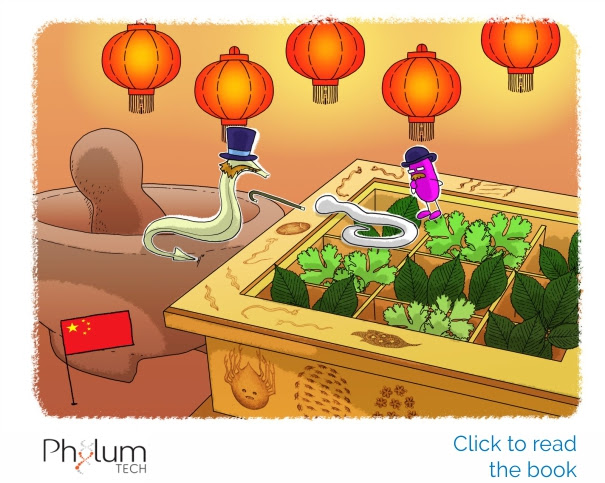
Unlike the other common intestinal nematodes of humans, it does not disproportionately affect residents of tropical climates or populations with poor hygiene or low socioeconomic status

Enterobius vermicularis, commonly known as pinworm, is one of the most prevalent intestinal nematodes of humankind. These worms are naturally specialized to infect humans, where the most common symptom is perianal pruritus. Adult nematodes live in the lumen of the large intestine. At night, gravid females migrate to the anal opening and deposit partially-embryonated eggs in the perianal folds. Eggs embryonate quickly and within approximately 4 h are already infectious for the next host. Being the more prevalescent host group young age people, specially if living in crowded conditions (i.e. institutionalized persons).
Pinworm eggs have been identified in coprolites (fossilized feces) from North and South America, from Han Dynasty China, and from ancient Egyptian mummies, dating back as far as around 7800 BC. Contemporary epidemiologic surveys have documented infection in all populations studied. (McCarthy and Moore 2006)

The evidence from ancient medical texts suggests a high prevalence of parasites and related parasitic diseases in ancient China. Jiu chong (nine different worms) had already been recorded in several ancient medical texts, with some of these being identified as roundworms, tapeworms, pinworms, intestinal flukes, blood flukes, and head lice. In particular, plant remedies based on Torreya nucifera, a coniferous tree, large-fruited elm (Ulmus macrocarpa), Tetradium ruticarpum, the asian palm tree Areca catechu, and coriander juice were employed for deworming infected humans. Some of the proposed remedies for parasite infection, such as consuming meat or fish with coriander juice or elm sauce, are yet to be proven. (Yeh Hui-Yuan et al 2019)

